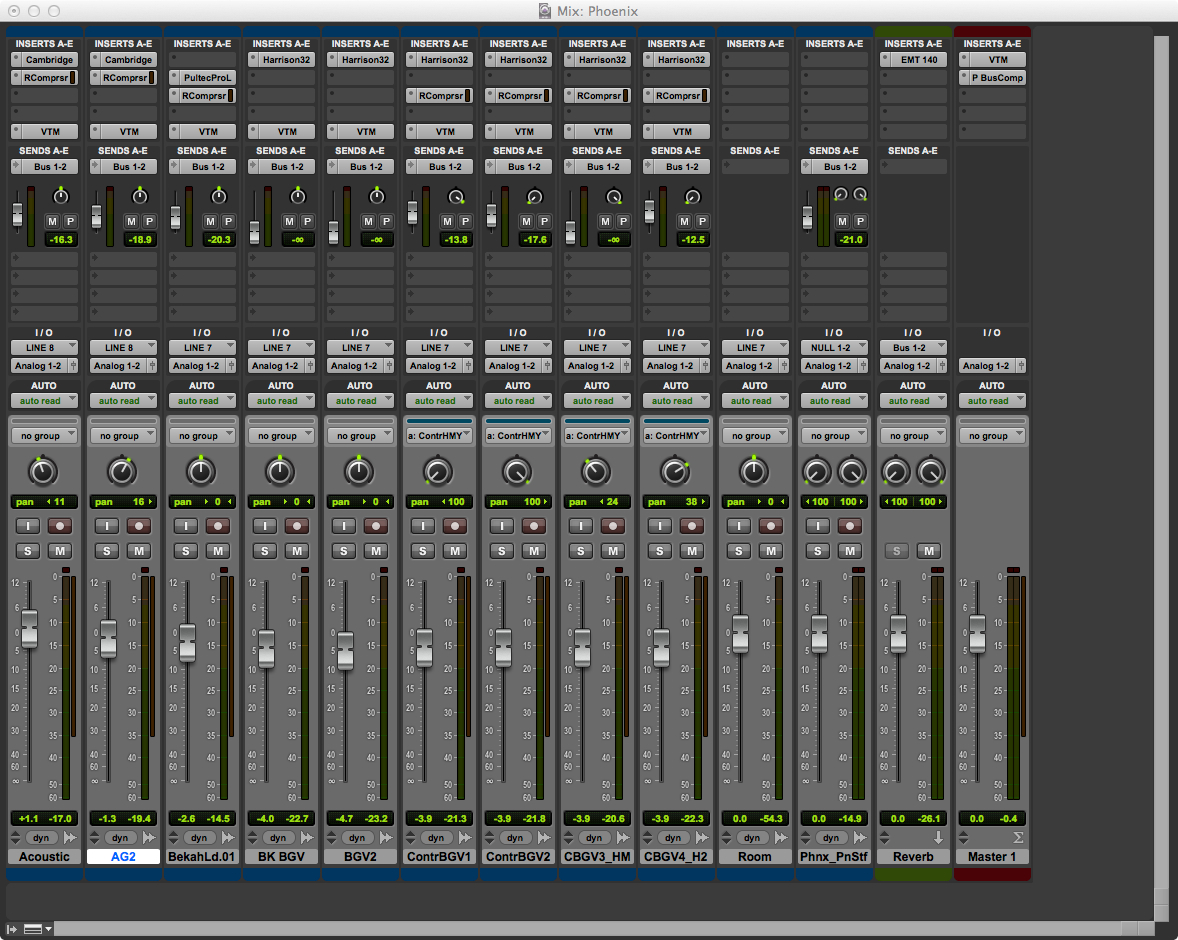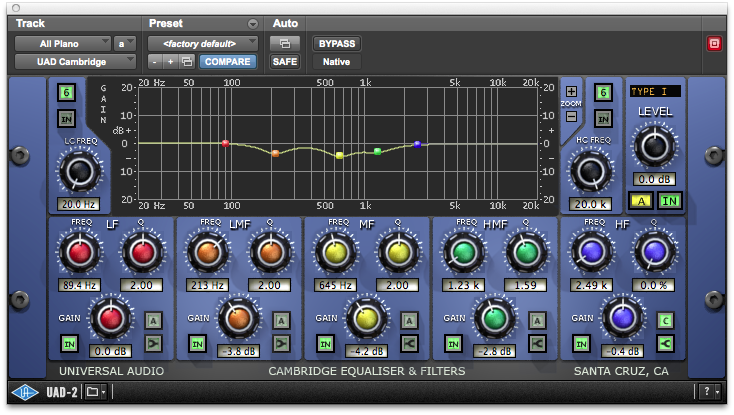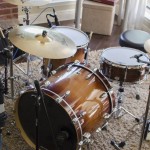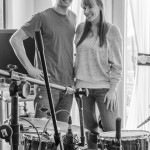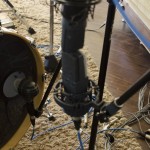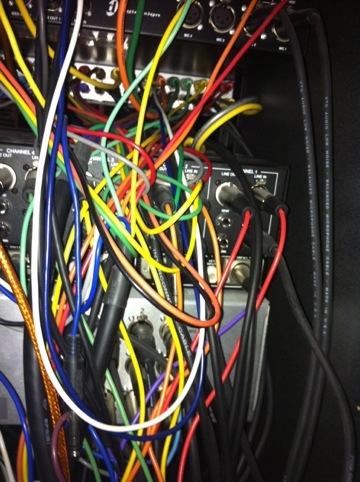The best recording of a bad song is never as good as the worst recording of a great song.
Keep that in mind as I talk about gear(equipment), production, and the one part this process can’t work without, the song. Gear is everything at an engineer’s disposal to make the project work. The room in which the sound is captured, equipment like microphones, preamplifiers, compressors, equalizers, spatial effects, etc. What’s a good microphone? At the very least, a good mic should capture an accurate representation of its source. Preamplifiers magnify the sound the mic captures. Preamps have become an obsession to those who can hear differences in characteristics(engineers, audiophiles).The rest of the gear is used by the engineer to shape, control, disintegrate, re-integrate, smooth, and polish. What’s a good engineer? A good engineer will know the best applications for the available gear. This might be vague and confusing, but bear with me. There is no one way to record anything. A good engineer has experienced various situations, building a mental index of sounds and characteristics not only of the sounds that are being captured but the equipment as well. Talking to an engineer, one would think inanimate objects have personality.
Production can sometimes be a mysterious and abstract event seemingly pulled out of thin air. This is where the “magic” is created assuming the producer has a vision and knows how to achieve the sound he/she wants. Production is when the decisions of instrumentation, arrangement, and performance are finalized and captured. Although some of the best captured performances are serendipitous, there is a skill that an experienced producer can bring to a project. What’s a good producer? A good producer is resourceful and creative. Has ability to communicate ideas with musicians on their level for an efficient workflow. Employs a basic grasp of psychology to coax artists performances. I mean that in an honest, artistic, creative, loving, respectful sense.
“I wrote a song, I’m an artist”…”I made a sand castle, I’m an architect”
The craft of songwriting has driven many to insanity. There are naturals but even they had to hone their skill. The best never stop. What is a good song? A good song sticks to you, takes you away. A good song will show you something new maybe even about yourself. A good song puts you in the shoes the artist wanted you to wear. This applies to any genre. Take your favorite song and imagine it in a different style. You’ll find the great songs can be shape shifters and fit in any genre. That’s magic. A great engineer and a great producer can definitely make a song sound better. Just like a great photographer and a great camera can photograph any object, you still need a worthy object.
I’d like to hear what makes your favorite song.
Thanks for listening!
Like this:
Like Loading...
